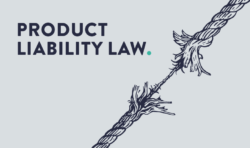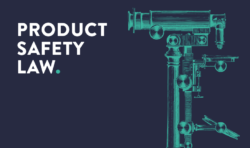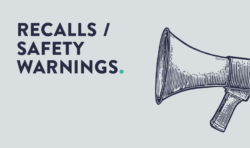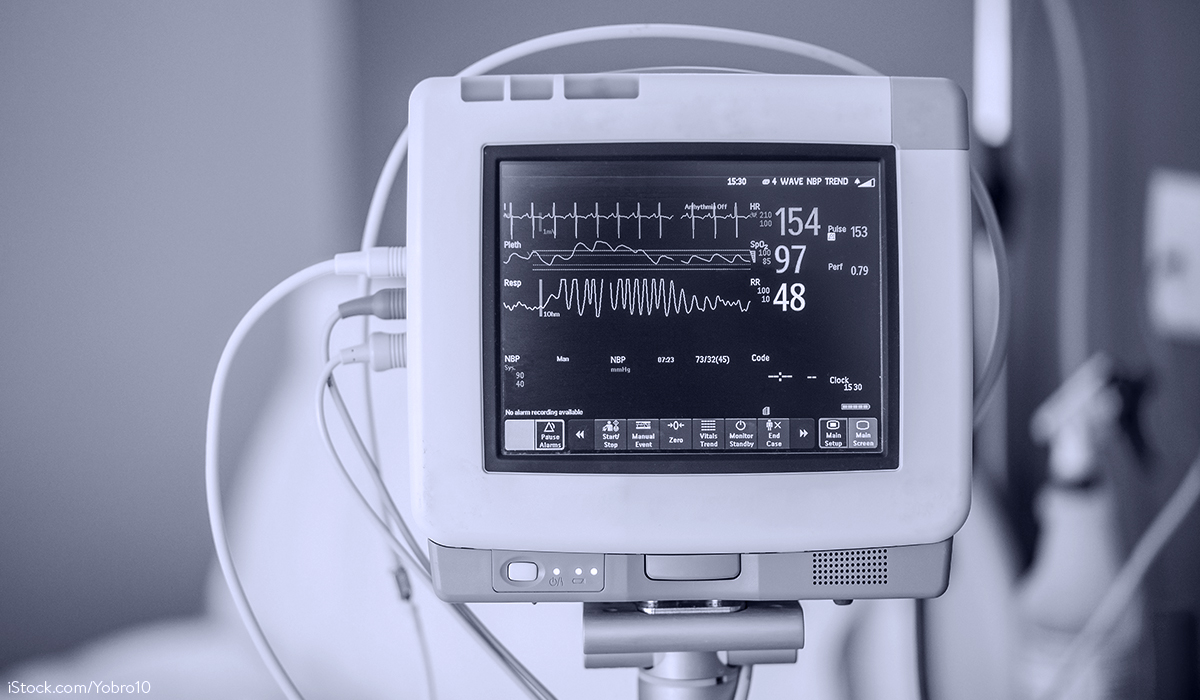In line with the EU Market Surveillance Regulation, the MüG aims in particular to strengthen the market surveillance authorities’ access to products sold online and to the economic operator behind them, such as fulfilment service providers and sales or online platforms. The MüG thus contains for the first time specific market surveillance provisions with regard to online trade (§ 3 MüG).
Scope of application
The MüG covers both the European-harmonised and the non-harmonised product area. The European-harmonised product area includes products that are subject to the legal provisions listed in Annex I of the EU Market Surveillance Regulation. This list currently contains 70 European regulations and directives (Sec. 1 para. 1 MüG). The non-harmonised product area includes nationally regulated products such as consumer products that are only subject to the so-called General Product Safety Directive (Directive 2001/95/EC) (such as furniture or many sports equipment), as well as B2B products that are not regulated at European level (Sec. 1 para. 2 MüG).
More specific market surveillance regulations from sectoral product laws generally enjoy priority of application over the MüG. The determination of the relationship of application in individual cases is likely to prove to be a complex matter, as it must be carried out separately for each individual case. In view of the wide-ranging and far-reaching powers of the MüG, it is likely to remain regularly applicable in addition. The design of the scope of application of the MüG reflects its umbrella function; it thus forms the “general part” of market surveillance law.
Powers and market surveillance measures
The powers of the market surveillance authorities and the procedure are laid down in Sec. 7, 8 MüG. These provisions regulate comparatively little themselves, but regularly refer to the powers and market surveillance measures of the EU Market Surveillance Regulation in Artt. 14, 16.
These regulations provide the market surveillance authorities with a wide range of different instruments and authorisation bases for market surveillance. These include the classic powers of information, examination and inspection as well as standard measures to avert product hazards. Of particular note are the newly created powers for anonymous test purchases and so-called “reverse” engineering. An expression of the increased subjection of online trade to the market surveillance regime is the power of the market surveillance authorities to demand the removal of content from an online interface if a serious risk cannot otherwise be eliminated.
Addresses of measures and the market surveillance procedure
The measures of the market surveillance authorities can be directed against any economic operator and exhibitor. The term “economic operators” now also includes fulfilment service providers in particular, so that they are also among the potential addressees of measures.
The market surveillance procedure is divided into three stages in accordance with the EU Market Surveillance Regulation. If the authority determines non-conformity or even a product hazard (1st stage), it requests the economic operator to take corrective action (2nd stage). Only if the economic operator does not comply with this request the market surveillance authorities order a corrective measure by means of an administrative act (3rd stage). Procedural regulations also follow from Sec. 10 para. 2 MüG, which refers to Art. 18 of the EU Market Surveillance Regulation. According to this, official measures shall be communicated without delay to the relevant economic operator; they shall state the exact grounds on which it is based as well as remedies possibilities and deadlines. The economic operators who are the addressees of an official measure have corresponding procedural rights.
Conclusion
A paradigm shift has been achieved with the new market surveillance law. This applies – apart from the coverage of online trade and the new powers – in particular to the strong penetration of EU law in general. This is because the application of the MüG is only possible in interaction with the EU Market Surveillance Regulation, as the MüG often refers to the regulations of the EU Market Surveillance Regulation. The user-friendliness of the MüG suffers considerably from this regulatory technique, especially since the interaction is not really coordinated in some places because EU-law and German-law administrative procedure dogmatics “clash” irreconcilably. This will not only pose major challenges for the market surveillance authorities, but will also concern economic operators as potential addressees of measures. In particular, economic operators who primarily sell their products online would do well to deal with the new market surveillance law at an early stage. In view of the increased involvement of online trade, they are likely to come increasingly into the focus of the market surveillance authorities in the future.
For further details: Schucht, Die neue EU-Marktüberwachungsverordnung. Praxisleitfaden für die Herausforderungen im europäischen Produktsicherheitsrecht, 2021; id., GewArch 2020, 259 et seq.; id., CB 2020, 194 et seq.
Do you have any questions about this news, or would you like to discuss the news with the authors? Please contact: Dr. Gerhard Wiebe







